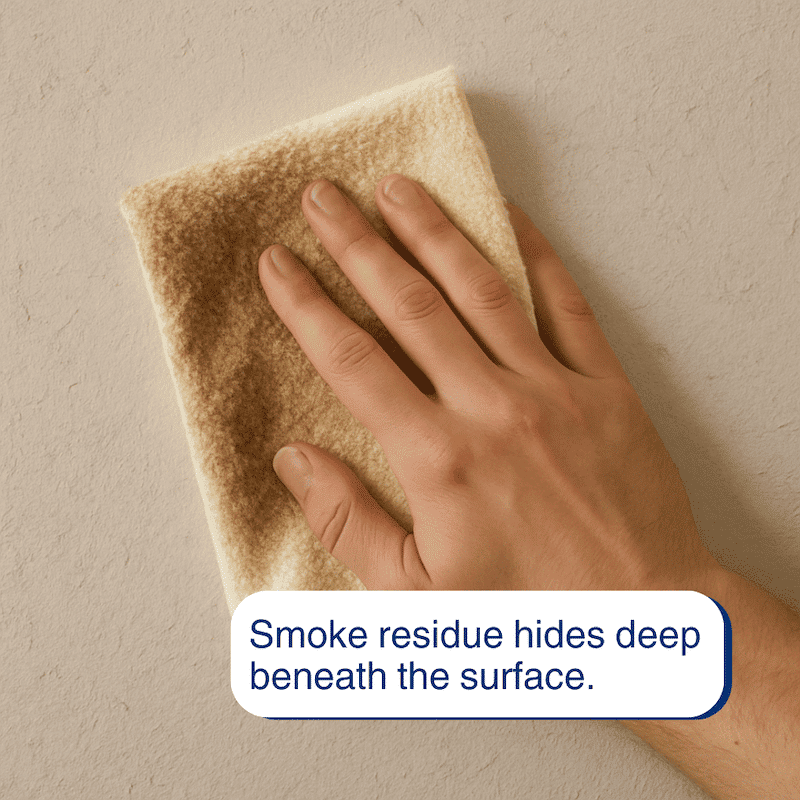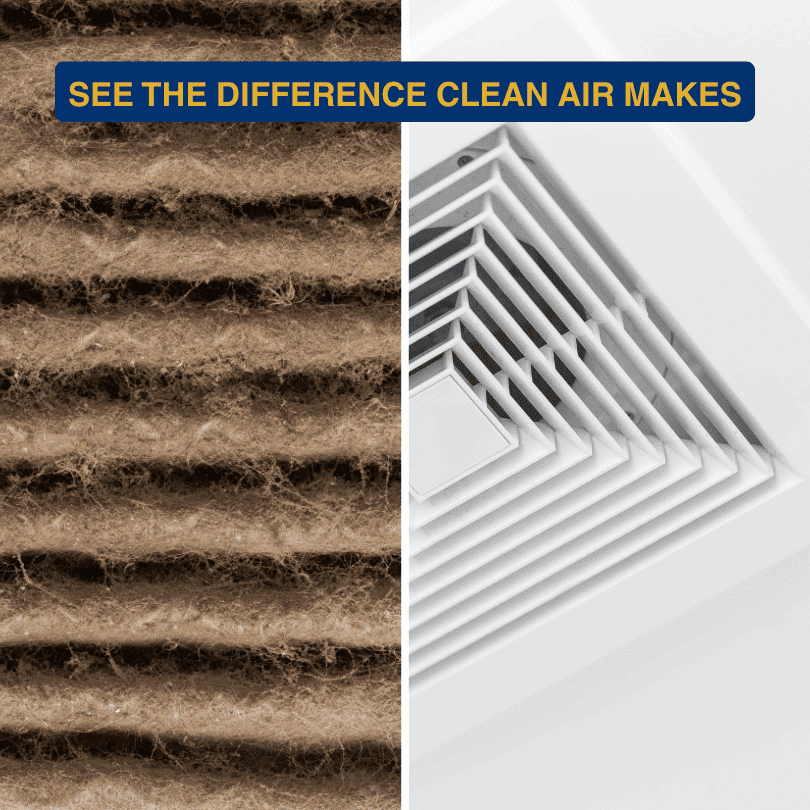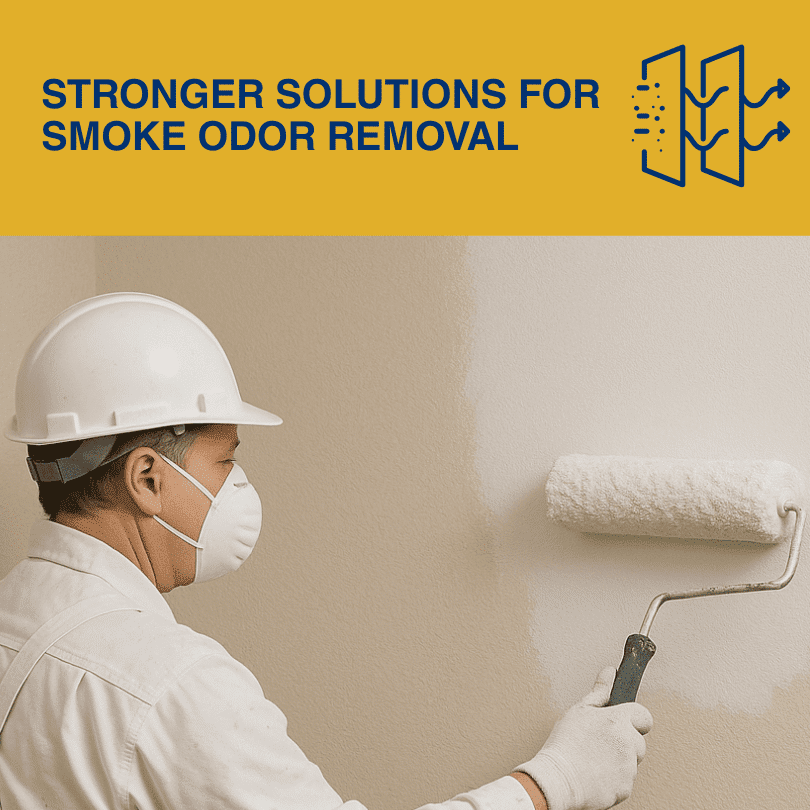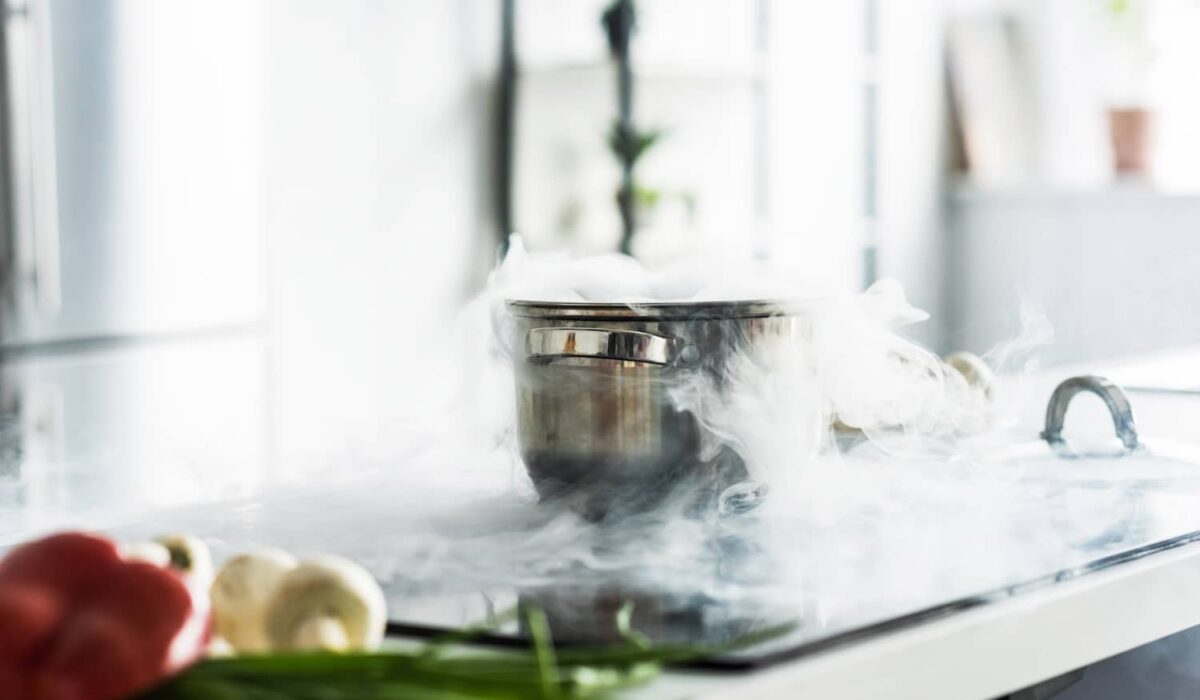You’ve found a great house, or maybe you’re getting ready to sell yours. Everything seems perfect, except for one stubborn problem: a lingering smoke smell that just won’t leave. It’s a frustrating issue that can affect your comfort and even your home’s value. As professional home inspectors, we know the secret to how to get rid of smoke odor in a home isn’t covering it up. The key is to remove the source completely.
This guide will walk you through the real steps for eliminating that smell for good, creating a fresher, healthier space for everyone.
Why That Smoke Smell Just Won’t Quit
If you feel like you’re fighting a ghost, you’re not far off. The smell comes from a phenomenon called “third-hand smoke.” It’s not the smoke you see in the air. It’s a sticky, oily, and invisible residue that clings to nearly every surface in a house. Think of it like a thin layer of honey that attracts and holds onto dust and grime, embedding itself deeper over time.
Research from institutions like the Mayo Clinic shows this residue contains hundreds of chemicals that can off-gas back into the air for months or even years. It burrows deep into porous materials and becomes a constant source of odor, re-emerging on humid days or when the heat is on.
Here are the most common places it hides:
- Soft Surfaces: Carpets, carpet padding, curtains, lampshades, and upholstered furniture are major odor sponges.
- Porous Materials: Drywall, unsealed wood, popcorn ceilings, and even concrete floors in a basement can soak up the residue.
- Hidden Spots: The smell gets trapped inside air ducts, on top of kitchen cabinets, behind outlet covers, inside drawers and closets, and even on lightbulbs.
Our goal isn’t to mask the smell with air fresheners. It’s to find and clean this residue from every surface.

Your Action Plan for How to Get Rid of Smoke Odor in a Home
Let’s get to work with a step-by-step plan. Start with these foundational steps before moving on to more intense measures.
Air It Out and Wash It Down
First, you need to clear the air and clean everything you can. This initial phase is about removing the loose residue and ventilating the space.
- Create Powerful Ventilation: Open every window you can. Place box fans in windows facing out to pull the stale air from the house. Let it run for a full day if possible.
- Wash All Fabrics: Gather every washable fabric in the house. This includes curtains, cushion covers, bedding, and even throw rugs. Wash them in the hottest water the fabric allows, adding one cup of white vinegar to the rinse cycle to help neutralize odors.
- Wipe Down Every Hard Surface: Mix a solution of one part white vinegar and one part water. Use it to wipe down walls, ceilings, trim, cabinets, and shelving. Rinse your cleaning cloth in a separate bucket of clean water often, so you aren’t just smearing the residue around.
- Here’s a professional tip: When cleaning walls, work from the floor up to the ceiling to avoid streaking. This prevents dirty water from running down and creating hard-to-clean lines on the surfaces below.
- Use two buckets: one with your cleaning solution and one with clear, warm water. After cleaning a section, rinse your cloth thoroughly in the clean water bucket. Be sure to rinse surfaces with clear warm water and dry them thoroughly with a clean towel when you’re done to prevent water spots and ensure all residue is gone.
Tackle the Hidden Odor Traps
Tackling the hidden odor traps is a critical part of the process, and you can’t skip these areas if you truly want to learn how to get rid of smoke odor in a home.
- Address the Floors: For carpets, a simple vacuuming won’t be enough. You’ll need to rent a carpet cleaner and use a heavy-duty, odor-eliminating solution. In homes with heavy, long-term smoking, the carpet and the pad underneath often need to be completely replaced.
- Clean Your HVAC System: This is an inspector’s tip that many people miss. Your air ducts can be coated with smoke residue. Every time the system runs, it’s like a built-in odor machine.
- Change your air filter immediately. A filter in a smoker’s home can be clogged with sticky, odorous residue. For ongoing maintenance and to maintain high air quality, plan to replace the air filter every 30 to 90 days.
- Check the evaporator coils. These can get caked with residue and may need professional cleaning.
- For best results, hire a professional NADCA-certified company to clean your ductwork thoroughly. This is not a typical DIY job.
- Don’t Forget Lightbulbs: It sounds strange, but the film on lightbulbs can bake on from the heat, releasing a puff of odor every time you turn on the lights. Make sure they are cool, then unscrew them and wipe them down.

When DIY Isn’t Enough
You’ve cleaned for days, but a faint, stubborn smell remains. Sometimes, the odor is so deeply embedded that standard cleaning isn’t the final answer for how to get rid of smoke odor in a home. If the smell persists, it’s time for more powerful solutions.
- Seal and Repaint, The Right Way: Simply painting over a smoky wall is a huge mistake. The odor will bleed right through the new paint within weeks. You must follow a specific process:
- Clean: First, wash the walls as described in Step 1 to remove the surface residue.
- Prime: Apply an odor-blocking, shellac-based primer. These thick primers create an airtight barrier, permanently sealing any remaining residue into the wall. Apply two full coats for best results.
- Paint: Once the primer is fully cured, you can finally paint with your desired color.
- Ozone and Hydroxyl Generators: These are professional-grade tools. Ozone generators release ozone (O3), which breaks down odor molecules. However, ozone is harmful to breathe and corrosive, so the home must be empty of all people, pets, and plants during treatment. A safer, modern alternative used by pros is a hydroxyl generator, which is safe to use in occupied spaces and works by neutralizing odors in the air and on surfaces. Both are jobs best left to professional restoration companies.

Smoke Odor and Your Home Inspection
Dealing with smoke odor is especially important for homebuyers and sellers. The smell can significantly lower a home’s market value and turn potential buyers away.
- For the Homebuyer: During a showing, trust your nose. Open a closet or cabinet. Do you smell a stale, smoky odor? Look for faint yellowing on walls, ceilings, and light fixtures. An experienced inspector from Edifice can spot these signs and more. We investigate the HVAC system, check behind switch plates, and assess porous materials to determine the true scope of the problem before you commit.
- For the Home Seller: Removing the odor before listing your home is one of the best returns on investment you can make. A pre-listing inspection can help you identify these issues so you can fix them on your terms and go to market with confidence.
Conclusion
Getting rid of smoke odor is a process of deep cleaning, not quick fixes. By systematically removing the residue from every surface, you can restore your home to a clean, healthy state. A home that smells fresh isn’t just more pleasant, it’s a more valuable and protected asset.
Whether you’re buying, selling, or just want to be sure your home is in top condition, knowledge is your best tool. A comprehensive home inspection provides the expert knowledge you need to understand a property’s true condition, far beyond what you can see or smell. It ensures there are no surprises hidden behind a fresh coat of paint or a new air freshener. Contact us now to book an appointment and gain peace of mind and breathe easily.


6 Comments
Comments are closed.